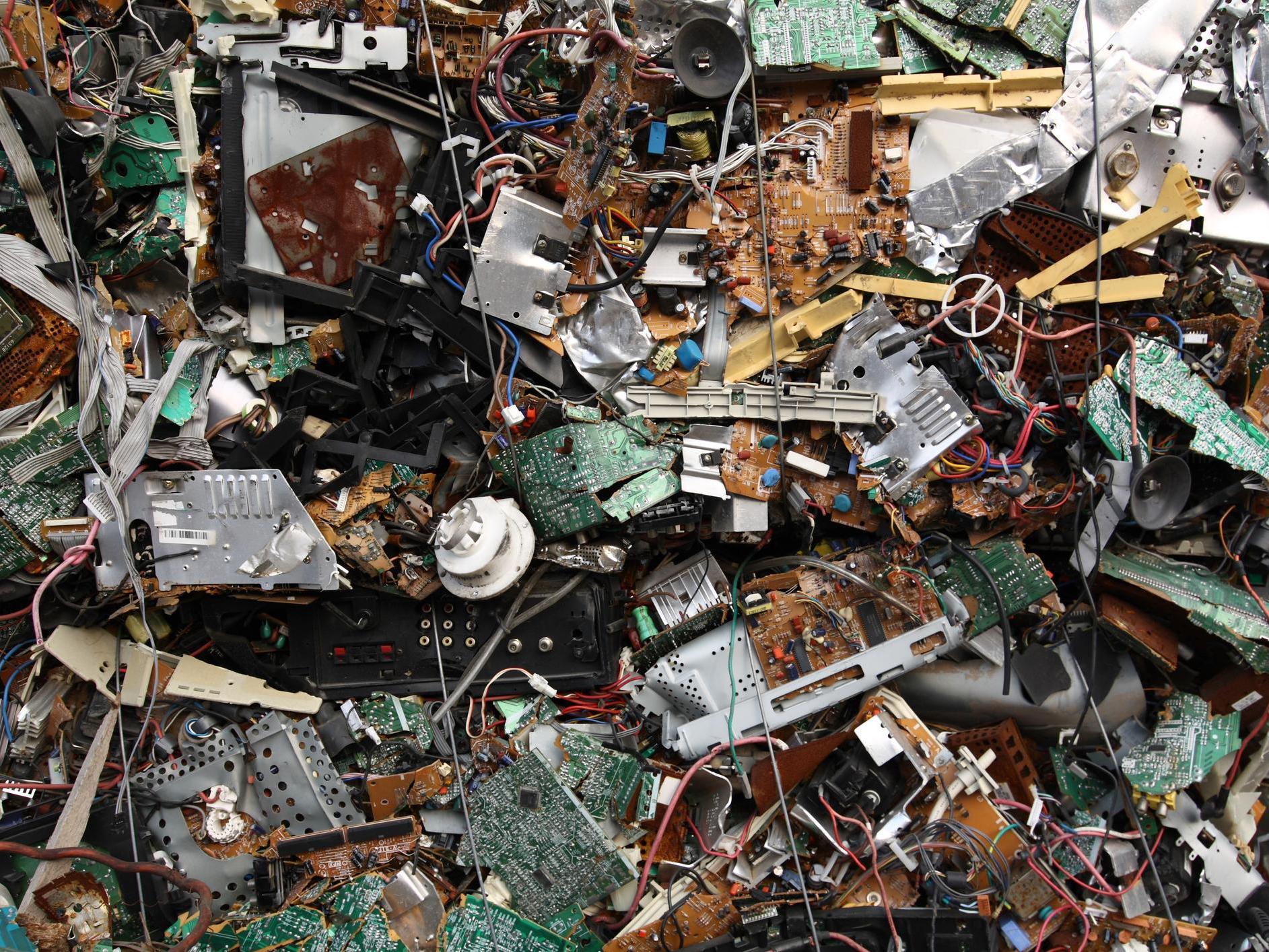Recycling Lives Services - The Facts
Recycling Lives Services - The Facts
Blog Article
Recycling Lives Services Fundamentals Explained
Table of ContentsFascination About Recycling Lives ServicesSee This Report about Recycling Lives ServicesThe 30-Second Trick For Recycling Lives ServicesAbout Recycling Lives ServicesThe Main Principles Of Recycling Lives Services

You can take all family electric products to Oxfordshire's waste recycling centres for recycling. If your item remains in working problem, think about contributing it. If your electric item is damaged, you might try to find a neighborhood repair service caf where volunteers can fix it. You might also think about obtaining electric items that you do not utilize regularly. Additionally, all Oxfordshire local authorities accept vapes and e-cigarettes as a different kerbside collection. Just how they are collected in each area varies somewhat; check you have the right details for your location.
Portable batteries the kind you locate in little handheld gadgets can likewise be reused at the kerbside however not inside any of your containers. Larger shops that sell batteries also have collection points for reusing old batteries.
Some Known Details About Recycling Lives Services
Older-style filament or halogen light bulbs can be disposed of in your basic rubbish container at home. Some DIY stores additionally have collection factors for light bulbs.

What Does Recycling Lives Services Do?
Electrical things are damaged down into separate pasts so that the different products they are made up of can be eliminated and recycled. Waste recycling centres are for usage by householders just and can not approve waste from business sources.
E-waste, electronic waste, e-scrap and end-of-life electronics are terms often utilized to define utilized electronic devices that are nearing the end of their helpful life, and are discarded, given away or given to a recycler. The UN specifies e-waste as any type of disposed of products with a battery or plug, and features harmful and harmful materials such as mercury, that can present serious threat to human and ecological health.
Rumored Buzz on Recycling Lives Services
Just 17.4% of this digital waste, containing a mixture of unsafe materials and priceless products, will be tape-recorded as being effectively accumulated, dealt with and recycled - https://www.intensedebate.com/profiles/wildlyqueen06b0fb50ac. Lots of initiatives are taken on to tackle this expanding concern, but none of them can be completely reliable without the energetic duty and appropriate education of consumers

Extracting thrown out electronics creates 80% much less exhausts of carbon dioxide per unit of gold compared with mining it from the ground. In 2015, the extraction of resources represented 7% of the globe's energy consumption. This means that relocating towards using more second look at here basic materials in electronic goods might aid considerably in getting to the targets established out in the Paris Agreement on environment adjustment.
The Only Guide to Recycling Lives Services
When the carbon dioxide released over a gadget's life time is thought about, it primarily takes place during production, prior to consumers get an item. This makes reduced carbon procedures and inputs at the production phase (such as use recycled raw products) and product life time key determinants of general environmental impact.
Also in the EU, which leads the world in e-waste recycling, just 35% of e-waste is formally reported as properly accumulated and recycled. Around the world, the average is 20%; the staying 80% is undocumented, with much winding up buried under the ground for centuries as landfill. E-waste is not eco-friendly. The lack of reusing weighs greatly on the global digital sector and as tools become much more many, smaller and much more complex, the concern escalates.
The continuing to be mass of e-waste mainly plastics tied with steels and chemicals presents a more intractable problem. A brand-new vision for the manufacturing and usage of electronic and electrical goods is required. It is very easy for e-waste to be mounted as a post-consumer issue, but the issue incorporates the lifecycle of the tools every person utilizes.
Report this page